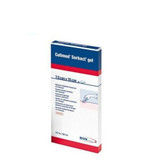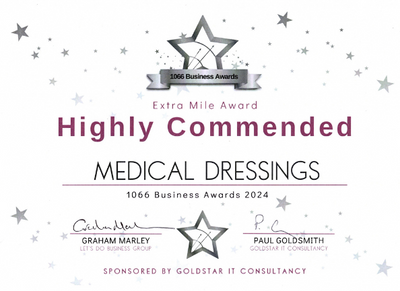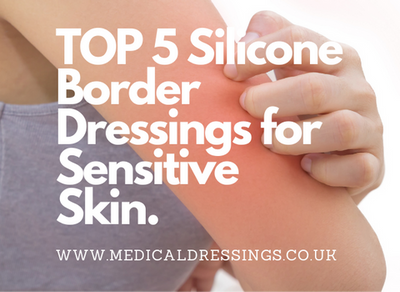Description
Cutimed Sorbact stands for a unique bacteria-binding concept that works without a chemically active agent. Instead, a physical principle is used to cleanse colonised and infected wounds: Bacteria and fungi become physically bound to the dressing by hydrophobic interaction.
With every dressing change, the bound wound pathogens are removed easily and efficiently from the wound. This surprisingly simple principle has been successfully proven in numerous studies: Cutimed Sorbact is a reliable product for efficient bacteria-binding wound management without being linked to the risks that might accompany using local antibiotics or antiseptic products
Indications
Cutimed Sorbact can be used for all types of contaminated, colonised or infected exuding wounds, regardless of their aetiology, such as
- chronic wounds, e.g. venous, arterial, or diabetic ulcers and pressure ulcers
- wounds after excision of fistulas and abscesses
- postoperative dehisced wounds
- traumatic wounds
Advantages over other antimicrobial approaches.
No development of bacterial or fungal resistances that might be linked with the use of antiseptics or antibiotics as hydrophobic interaction is essential for microbial life.














